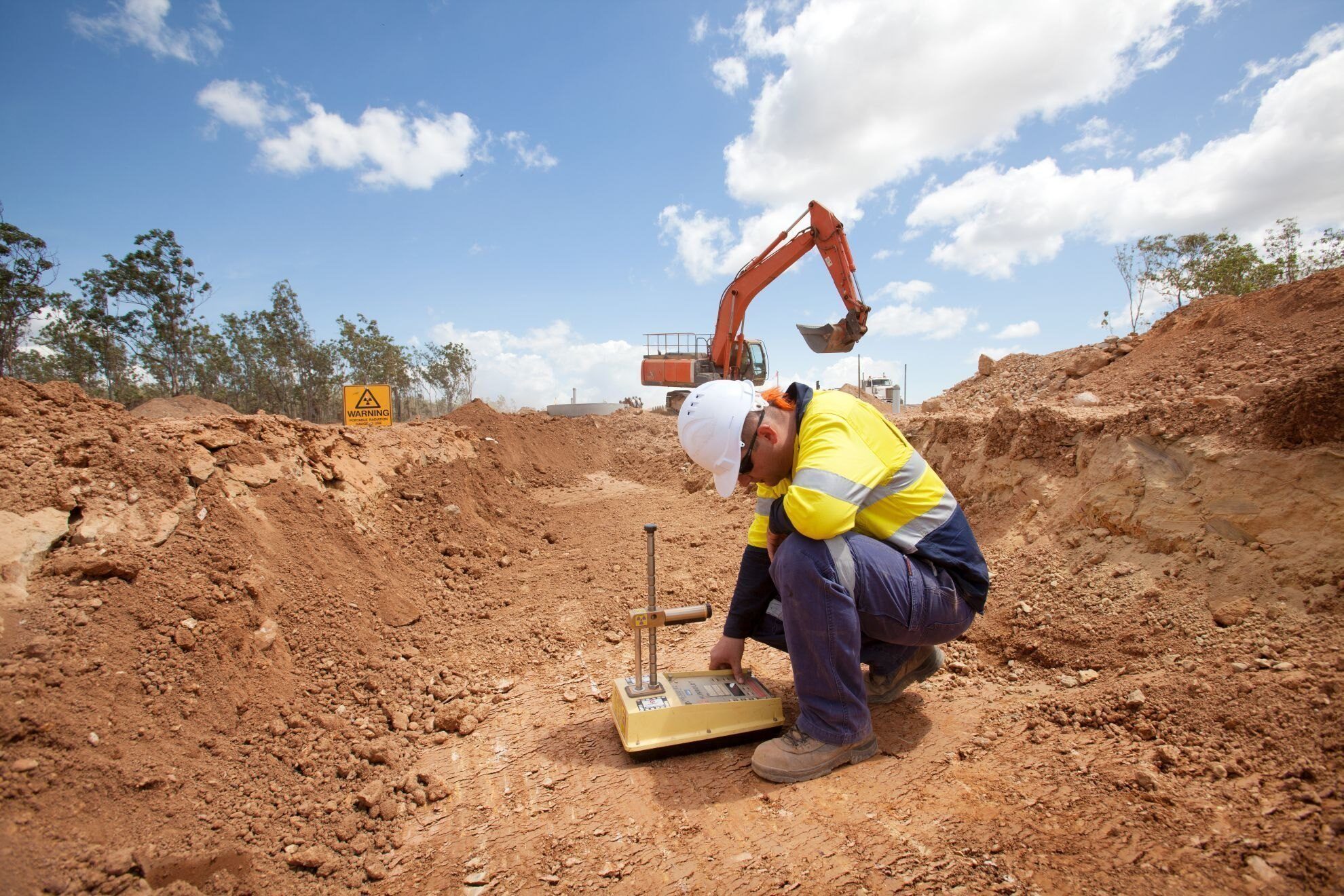4 Easy Facts About Geotechnical Engineering For Construction Projects Described
4 Easy Facts About Geotechnical Engineering For Construction Projects Described
Blog Article
The 6-Second Trick For Geotechnical Engineering For Construction Projects
Table of ContentsExcitement About Geotechnical Engineering For Construction ProjectsGeotechnical Engineering For Construction Projects Fundamentals ExplainedAll About Geotechnical Engineering For Construction Projects3 Simple Techniques For Geotechnical Engineering For Construction ProjectsAll About Geotechnical Engineering For Construction ProjectsSee This Report about Geotechnical Engineering For Construction ProjectsThe Of Geotechnical Engineering For Construction Projects
Concepts and Practice of Ground Improvement. Ground Enhancement Concepts And Applications In Asia. Design evaluation in rock technicians.Cengage Knowing, Stamford, 666 p. Atkinson, J., 2007. The mechanics of dirts and foundations. The Observational Approach in ground engineering concepts and applications.
The Basic Principles Of Geotechnical Engineering For Construction Projects
Lab and field testing plays an essential role in this procedure. By removing samples from the planet's subsurface and applying a collection of examinations, geotechnical engineers can forecast the practices of soil layers and assess their suitability for numerous building and construction endeavours. The significance of geotechnical design in civil design can not be overstated, attributable to numerous aspects: The initial step in any type of geotechnical study entails figuring out the dirt kind at the building website.
The structure acts as the bedrock of any building and construction project. Selecting the suitable structure type is a choice that pivots on the comprehensive evaluation given by geotechnical design.

Geotechnical website investigation is a crucial action in the planning and execution of any building project. It entails the collection and evaluation of data connected to the physical homes of soil and rock beneath a suggested construction site. This details is crucial for the style and building of safe, secure, and sustainable structures.
How Geotechnical Engineering For Construction Projects can Save You Time, Stress, and Money.
, also recognized as subsurface exploration, involves a series of activities intended at determining the dirt, rock, and groundwater conditions at a construction site. The primary goals are to determine potential geotechnical risks, assess the design buildings of subsurface products, and provide recommendations for the design and construction of structures, maintaining walls, and various other structures.
This might consist of geological maps, aerial pictures, previous investigation reports, and historical information. The workdesk study aids in identifying potential geotechnical concerns and preparing the subsequent fieldwork. Following the desk research study, a site reconnaissance is performed to aesthetically check the site and its environments. This entails observing the topography, drainage patterns, existing frameworks, plant life, and any signs of instability or disintegration.
Our Geotechnical Engineering For Construction Projects Diaries
Superficial examination pits are excavated to directly observe and sample the soil and rock. This method serves for examining the top layers of the subsurface and determining near-surface threats. Non-invasive geophysical techniques, such as seismic refraction, ground-penetrating radar (GPR), and electric resistivity tomography (ERT), are made use of to map subsurface conditions and spot anomalies.
Dirt and rock examples collected during the area examination are subjected to research laboratory screening to determine their physical and mechanical residential or commercial properties. Typical laboratory tests include grain size evaluation, Atterberg restrictions, compaction examinations, triaxial shear tests, and debt consolidation tests. These tests provide important data for geotechnical evaluation and layout. The information gathered from the workdesk research study, website reconnaissance, field examination, and laboratory testing are evaluated and analyzed to establish a detailed understanding of the subsurface conditions.
The main advantage of geotechnical site examination is guaranteeing the safety and security of frameworks. By understanding the subsurface conditions, designers can make foundations and various other structural components that can hold up against the tons and environmental forces they will certainly go through. This minimizes the danger of negotiation, subsidence, and structural failure.
Geotechnical Engineering For Construction Projects for Beginners
Understanding dirt qualities can guide the choice of excavation techniques, dewatering techniques, and ground improvement actions. This makes sure reliable and risk-free building practices. Geotechnical website examinations are typically called for by developing codes and regulations. Complying with these demands ensures compliance with legal and safety requirements, preventing prospective lawful obligations and task delays.
This information is indispensable for job managers, architects, and service providers in developing practical routines, spending plans, and backup plans. Geotechnical Engineering for Construction Projects. High-Rise Building in a Coastal AreaIn a coastal city, a skyscraper residential building was intended on a website with thought loose sand deposits and a high water table. An in-depth geotechnical examination, consisting of borehole drilling, CPT, and geophysical try this web-site studies, was performed
Getting My Geotechnical Engineering For Construction Projects To Work
Based upon these findings, the foundation style was customized to consist of deep pile structures extending into secure strata, and ground enhancement strategies, such as vibro-compaction, were applied to minimize liquefaction threats. This positive strategy made sure the safety and security and security of the structure while staying clear of pricey post-construction remediation. Infrastructure Advancement on a Sloping TerrainA major facilities job, including the building of a freeway and bridges, was intended on an uneven terrain with high slopes.

The Leaning Tower of Pisa (Italy), a legendary building have a peek at this website wonder, is notorious for its unintended tilt from substantial geotechnical issues. The tower's foundation was improperly developed to manage the soft, unsteady soil under it, leading to irregular settlement and its distinctive lean. Our world is populated with remarkable facilities projectsfrom towering skyscrapers to stretching bridgesall standing statement to the development of the numerous building devices and approaches offered.
Geotechnical engineering is a specialized area within civil engineering that concentrates on researching the habits of planet products. This branch digs deep right into the groundinvestigating exactly how the dirt, rock, and groundwater at a construction site can influenceand be affected bythe framework that we erect on and into them. Prior to a single block is laid or a concrete foundation put, geotechnical engineers probe right into the earthgathering important information regarding the website's soil structure, rock structure, and groundwater levels.
All About Geotechnical Engineering For Construction Projects

is a tool made use of to analyze the integrity and load-bearing capability of stacks during installation, leveraging the principle you can find out more of wave propagation. It optimizes building and construction performance by supplying real-time assessments, hence making sure risk-free and efficient stack structures. One of the sensible applications of geotechnical engineering involves deciding and implementing the ideal approaches for foundation building.
Load driving stands for even more than the plain act of inserting structural elements into the ground. As a matter of fact, it is a thoroughly managed process of moving a framework's tons past the much less stable dirt layers closer to the surfacedown to the extra considerable strata that exist below. In the situation of pile driving, take into consideration how geotechnical engineers adeptly use this method to evenly distribute the framework's weight.
Report this page